When one of the reaction products also serves as a catalyst for a different chemical process, such as a linked reaction, the chemical reaction is said to be autocatalytic. An autocatalytic reaction is one such reaction. A group of chemical processes is considered to be "collectively autocatalytic" if many of them result in catalysts for enough of the other reactions that the complete group of reactions can function on their own in the presence of energy and food molecules. The entropy of a physical or chemical system and its surroundings (a closed system), according to the second rule of thermodynamics, must rise with time. When left to their own devices, systems grow more chaotic, and the organised energy of a system like uniform motion gradually degrades to the haphazard movement of particles in a heated environment. However, there are several occasions when emergent or ordered physical systems arise on their own. When compared to the random motion of the air molecules in a closed room, for instance, hurricanes exhibit a relatively organised vortex motion despite the destruction they create. The order produced by chemical systems is even more amazing, with the order connected to life being the most striking. This is in line with the Second Law, which states that the overall disorder of a system and its surroundings must progressively worsen over time. An even greater lack of order in the system's surrounds can be used to generate order within the system. In the hurricane example, storms are created by uneven heating of the atmosphere. Thus, thermal equilibrium is distant from the Earth's atmosphere. The Earth's atmosphere becomes more ordered, but at the price of the sun's order. As the sun matures and emits material and light to the rest of the cosmos, it becomes more disorganised. Despite the fact that the earth produces orderly hurricanes, the overall chaos of the sun and the planets worsens.
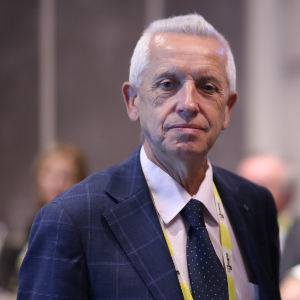
Stanislaw Dzwigaj
Sorbonne University, France
Dai Yeun Jeong
Asia Climate Change Education Center, Korea, Republic of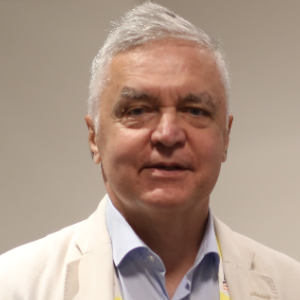
Sergey Suchkov
N.D. Zelinskii Institute for Organic Chemistry of the Russian Academy of Sciences, Russian Federation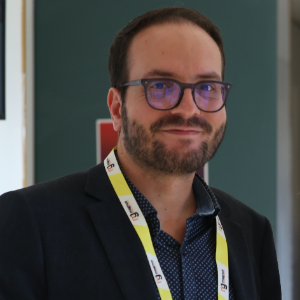
Enrico Paris
CREA-IT & DIAEE, Italy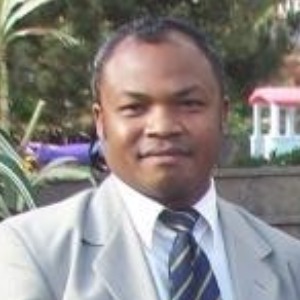
Rabeharitsara Andry Tahina
GPCI-ESPA Antananarivo University, Madagascar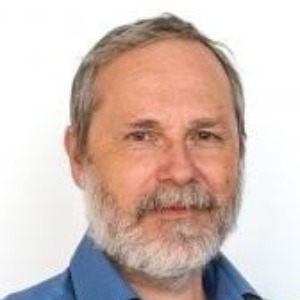
Jiri Dedecek
J Heyrovsky Institute of Physical Chemistry , Czech Republic
Uday Som
Research and Development Engineer, Japan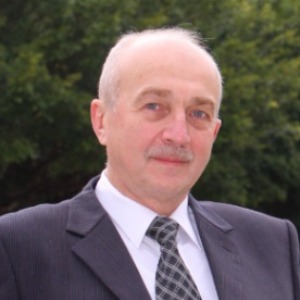
Vladimir G Chigrinov
Hong Kong University of Science and Technology, Russian Federation



Title : Distant binuclear vanadium V(II) cationic sites in zeolites and their reactivity
Jiri Dedecek, J Heyrovsky Institute of Physical Chemistry , Czech Republic
Title : Advanced nanostructures for carbon neutrality and sustainable H₂ energy
Tokeer Ahmad, Jamia Millia Islamia, India
Title : Personalized and Precision Medicine (PPM) as a unique healthcare model via bi-odesign, bio- and chemical engineering, translational applications, and upgraded business modeling to secure the human healthcare and biosafety
Sergey Suchkov, N.D. Zelinskii Institute for Organic Chemistry of the Russian Academy of Sciences, Russian Federation
Title : Antibody-proteases as a generation of unique biomarkers, biocatalysts, potential targets and translational tools towards nanodesign-driven biochemical engineering and precision medical practice
Sergey Suchkov, N.D. Zelinskii Institute for Organic Chemistry of the Russian Academy of Sciences, Russian Federation
Title : Dimethyl ether synthesis from syngas over Cu-Zn/Al2O3 catalysts prepared using the Sol-Gel method
Uday Som, Research and Development Engineer, Japan
Title : Influence of various catalysts on H₂ enhancement and CO2 capture during syngas upgrading
Enrico Paris, CREA-IT & DIAEE, Italy
Title : Photoaligned azodye nanolayers : New nanotechnology for liquid crystal devices
Vladimir G Chigrinov, Hong Kong University of Science and Technology, Russian Federation
Title : Application of vanadium, tantalum and chromium single-site zeolite catalysts in catalysis
Stanislaw Dzwigaj, Sorbonne University, France
Title : Advances in heterogeneous catalysis for green conversion of propene to aldehydes and alcohols
Ram Sambhar Shukla, CSIR-Central Salt and Marine Chemicals Research Institute (CSMCRI), India
Title : Oxidation of methane to methanol over pairs of transition metal ions stabilized in the zeolite matrices
Jiri Dedecek, J Heyrovsky Institute of Physical Chemistry , Czech Republic